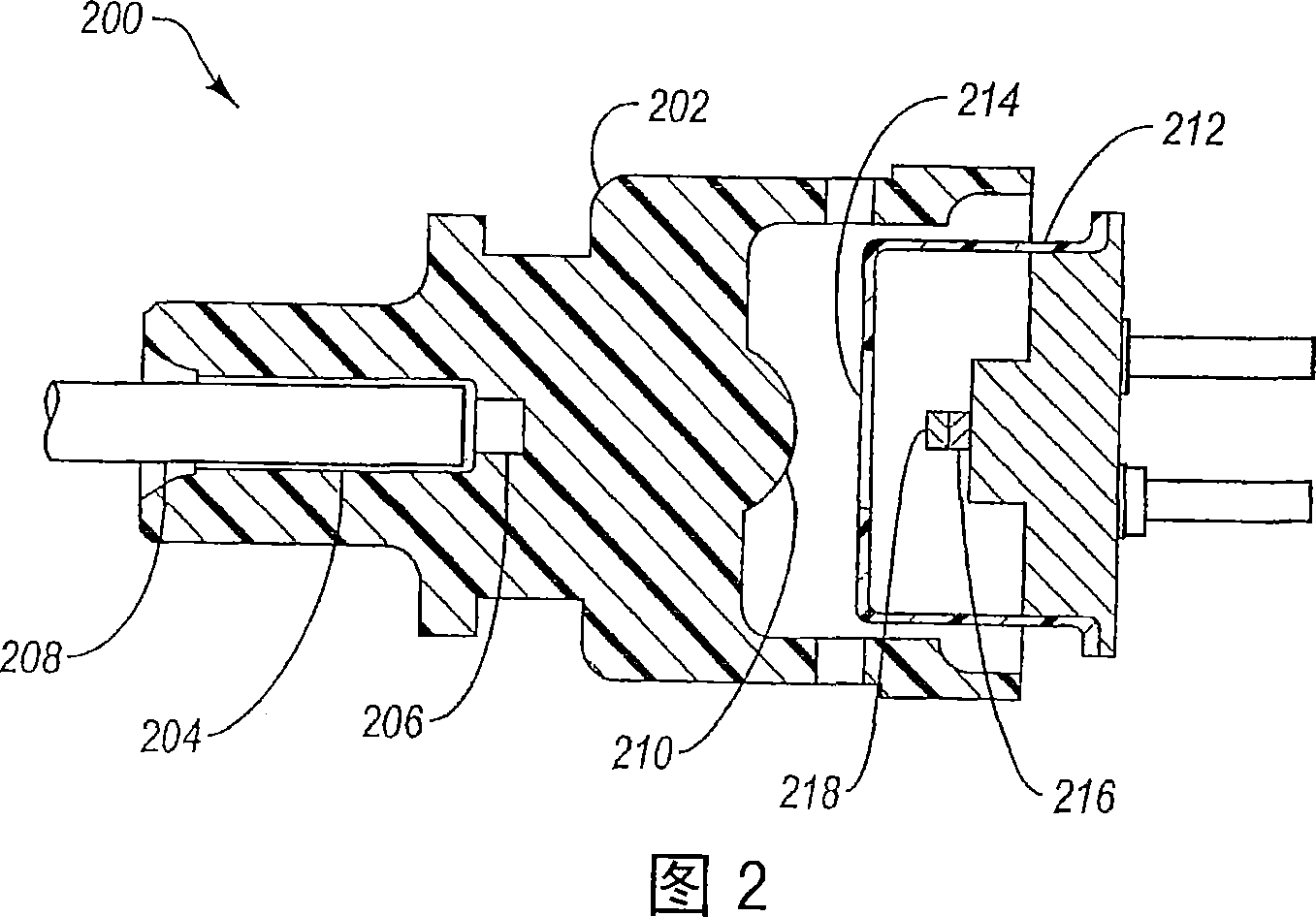Transmitter and receiver optical sub-assemblies with optical limiting elements
A technology of light-emitting components and light-receiving components, applied in the field of optical transceivers, can solve problems such as difficulty in eye safety control
- Summary
- Abstract
- Description
- Claims
- Application Information
AI Technical Summary
Problems solved by technology
Method used
Image
Examples
Embodiment Construction
[0021] Exemplary embodiments of the present invention relate to optical transceivers that meet the relevant Eye safety requirements. The optical limiting element made of optical limiting material is used to optically attenuate the optical signal when the power level of the optical signal exceeds a predetermined threshold.
[0022] In an exemplary TOSA, a signal is transmitted from an optical transmitter, and the signal travels to a fiber container where the optical signal is received by an optical fiber. In order to ensure that the power of the optical signal received from the optical transmitter in the optical fiber does not exceed predetermined limits, such as eye safety limits, embodiments of the present invention include one or more between the optical limiting elements. Optical limiting elements effectively limit the power of transmitted optical signals by attenuating optical signals whose power levels exceed a desired threshold. By limiting the power of the optical si...
PUM
 Login to View More
Login to View More Abstract
Description
Claims
Application Information
 Login to View More
Login to View More - R&D
- Intellectual Property
- Life Sciences
- Materials
- Tech Scout
- Unparalleled Data Quality
- Higher Quality Content
- 60% Fewer Hallucinations
Browse by: Latest US Patents, China's latest patents, Technical Efficacy Thesaurus, Application Domain, Technology Topic, Popular Technical Reports.
© 2025 PatSnap. All rights reserved.Legal|Privacy policy|Modern Slavery Act Transparency Statement|Sitemap|About US| Contact US: help@patsnap.com



